Facing an order of protection can be a challenging and confusing experience. It’s important to understand what this means and how to respond appropriately.
Is an Order of Protection the Same Thing as a Restraining Order?
For those who have been served with an order of protection, commonly known as a restraining order in some states, this guide provides essential information. It covers:
- Understanding the order
- Legal implications
- Responding to the order
- The role of a lawyer
- Potential outcomes
Here’s a closer look at each.
Understanding the Order
An order of protection, or restraining order, is a legal document issued by a court to protect someone from alleged abuse or harassment. It typically includes specific restrictions, such as no contact with the petitioner or staying away from certain locations.
Related: Should you tell police your side of the story if they arrest you for domestic battery?
Legal Implications
Being subject to an order of protection can have significant legal implications. It may affect your living situation, child custody arrangements, and even employment. Violating the order can lead to serious legal consequences, including criminal charges.
Related: Domestic battery defense information
Responding to the Order
If you’re served with an order of protection, it’s crucial to understand and comply with its terms. Even if you disagree with the order, violating it can worsen your situation. Instead, focus on legal ways to respond and challenge the order if necessary.
The Role of a Lawyer
Consulting with a lawyer is essential. They can help you understand the order, advise you on legal options, and represent you in court. A lawyer can also assist in challenging the order or negotiating its terms, aiming for a resolution that minimizes its impact on your life.
Related: Should you tell police your side of the story if they arrest you for domestic battery?
Potential Outcomes
The outcomes of responding to an order of protection can vary. With legal assistance, you might be able to have the order modified, dismissed, or its terms made less restrictive. The key is to address the situation legally and responsibly.
FAQ About Orders of Protection and Restraining Orders
Here are some commonly asked questions about orders of protection and restraining orders.
What Should I Do Immediately After Being Served?
Immediately after being served, review the order carefully, comply with its terms, and contact a lawyer for advice.
Can I Contact the Person Who Filed the Order?
You should not contact the person who filed the order if it prohibits you from doing so. All communication should be handled legally through your lawyer.
Related: Does a domestic battery conviction stay on your record forever in Illinois?
How Can a Lawyer Help in These Situations?
A lawyer can provide legal advice, represent you in court, and help challenge or negotiate the terms of the order.
What Happens If I Violate the Order?
Violating the order can result in criminal charges, arrest, and potential jail time. It’s crucial to adhere to all its terms.
Is It Possible to Reverse an Order of Protection?
While sometimes challenging, it is possible to reverse or modify an order of protection. Many people only attempt it with appropriate legal strategy and representation.
Being served with an order of protection requires a careful and informed response. Understanding the order’s implications and seeking legal counsel are critical first steps. An experienced lawyer can guide you through this challenging time, ensuring that your rights are protected and advocating for your interests.
Do You Need to Talk to an Attorney About Domestic Battery Defense?
If you need to talk to a domestic battery defense attorney in Illinois, we’re here to help. Call us at 847-920-4540 now – we’ll be happy to give you a free consultation and talk to you about your options.

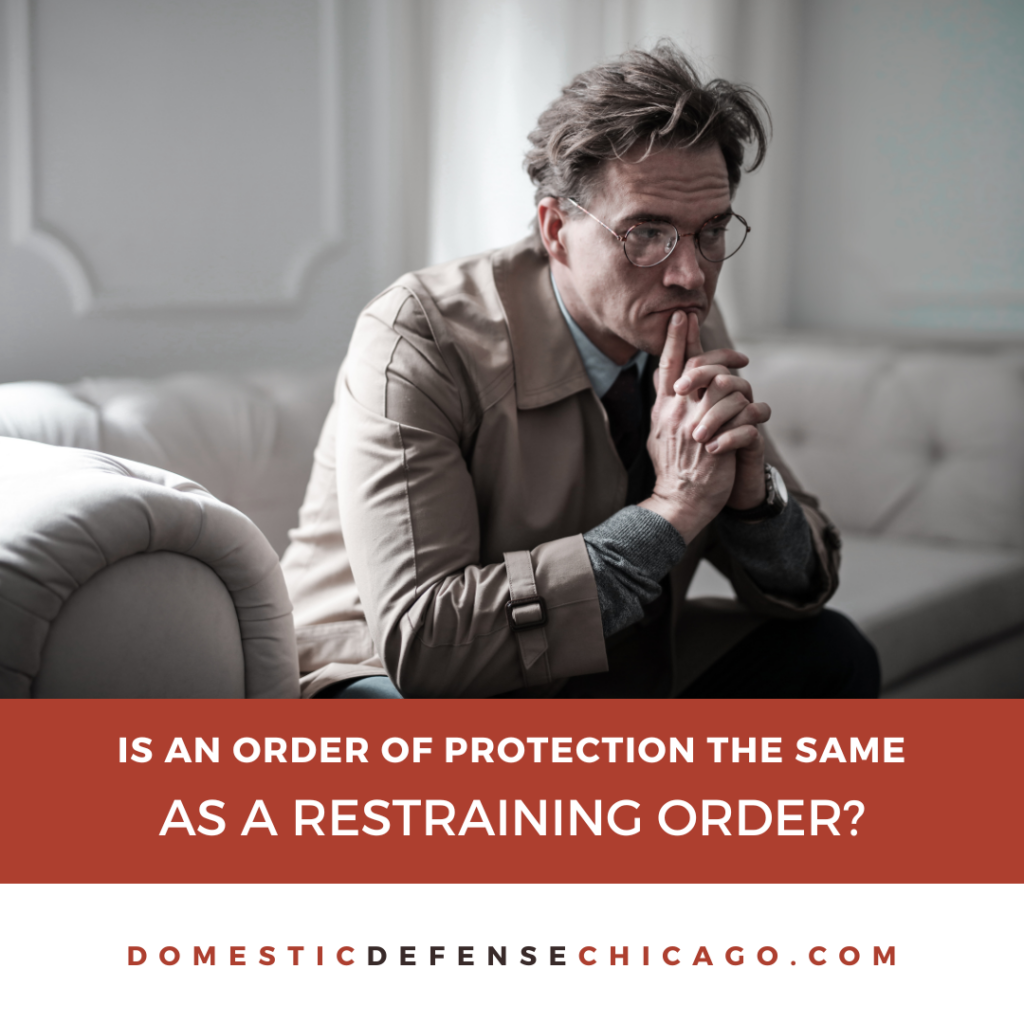
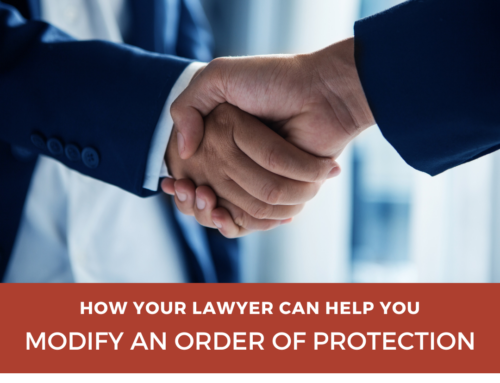
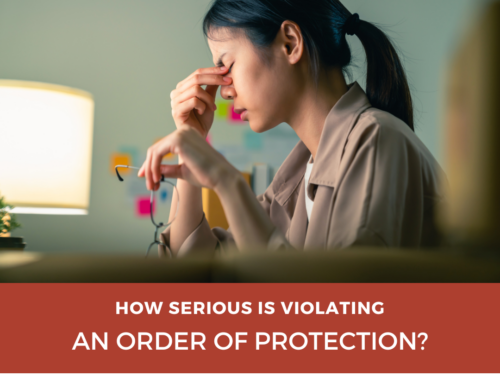
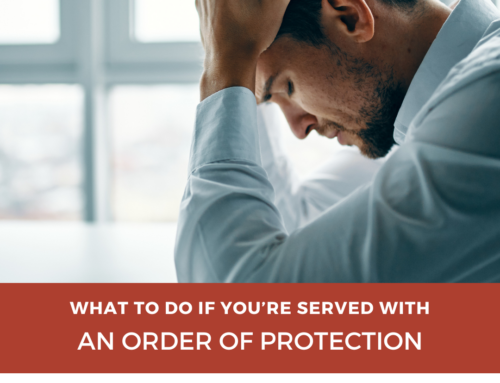

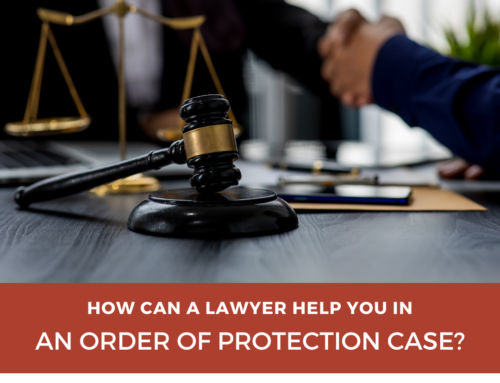
Leave A Comment
You must be logged in to post a comment.